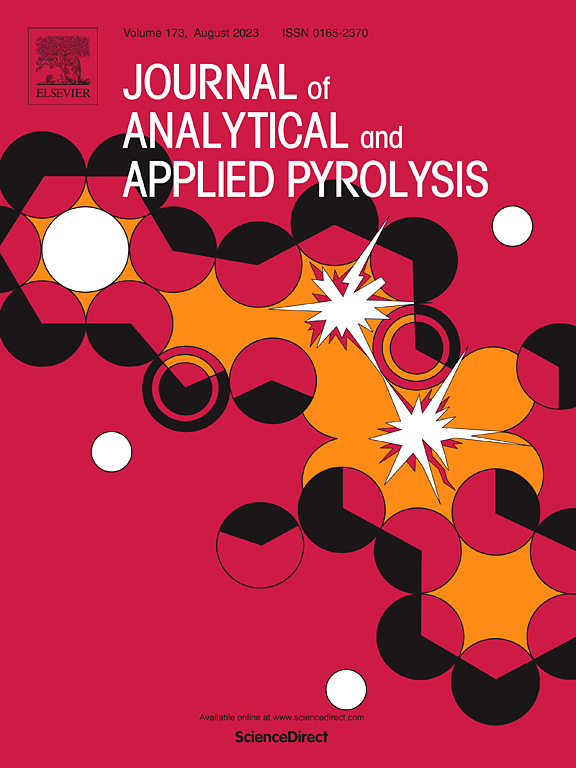利用可解释的人工智能框架,利用机器学习对木质纤维素生物质微波热解产物进行预测建模
IF 6.2
2区 化学
Q1 CHEMISTRY, ANALYTICAL
引用次数: 0
摘要
准确预测生物质热解过程中生物炭、生物油和沼气的产量对于优化工艺效率和可持续生物燃料生产至关重要。在本研究中,利用生物质组成和热解条件的文献数据开发了机器学习(ML)模型来预测产品产量。对多种机器学习算法的比较分析表明,决策树和额外树的预测精度最高,其次是随机森林、梯度增强树和极端梯度增强。LightGBM、高斯过程回归和CatBoost提供了中等的性能,而AdaBoost显示出最低的准确性。为了提高可解释性,可解释人工智能(XAI)技术,特别是SHAP分析,被用于识别影响热解产量的关键因素。温度、灰分含量、固定碳和水分含量是控制生物炭产量的主要参数,而加热速率、反应时间和原料性质(如碳和挥发物含量)对生物油产量有显著影响。产气量主要受温度驱动,二次裂解机制促进了不凝性气体的形成。这些见解为优化生物质热解过程提供了数据驱动的基础,使木质纤维素原料的有针对性的增值策略成为可能。在本研究中,ML和XAI的整合建立了一个透明和可解释的建模框架,促进了可持续生物燃料生产的明智决策。本文章由计算机程序翻译,如有差异,请以英文原文为准。
Leveraging explainable AI framework for predictive modeling of products of microwave pyrolysis of lignocellulosic biomass using machine learning
The accurate prediction of biochar, bio-oil, and biogas yields in biomass pyrolysis is critical for optimizing process efficiency and sustainable biofuel production. In this study, machine learning (ML) models were developed using literature-derived data on biomass composition and pyrolysis conditions to predict product yields. A comparative analysis of multiple ML algorithms revealed that Decision Tree and Extra Trees exhibited the highest predictive accuracy, followed by Random Forest, Gradient Boosting Trees, and Extreme Gradient Boosting. LightGBM, Gaussian Process Regression, and CatBoost provided moderate performance, while AdaBoost demonstrated the lowest accuracy. To enhance interpretability, Explainable Artificial Intelligence (XAI) techniques, specifically SHAP analysis, were employed to identify key factors influencing pyrolysis yields. Temperature, ash content, fixed carbon, and moisture content were the dominant parameters governing biochar yield, whereas heating rate, reaction time, and feedstock properties such as carbon and volatile matter content significantly influenced bio-oil production. The gas yield was primarily driven by temperature, with secondary cracking mechanisms enhancing non-condensable gas formation. These insights provide a data-driven foundation for optimizing biomass pyrolysis processes, enabling targeted valorization strategies for lignocellulosic feedstocks. The integration of ML and XAI in this study establishes a transparent and interpretable modeling framework, facilitating informed decision-making for sustainable biofuel production.
求助全文
通过发布文献求助,成功后即可免费获取论文全文。
去求助
来源期刊
CiteScore
9.10
自引率
11.70%
发文量
340
审稿时长
44 days
期刊介绍:
The Journal of Analytical and Applied Pyrolysis (JAAP) is devoted to the publication of papers dealing with innovative applications of pyrolysis processes, the characterization of products related to pyrolysis reactions, and investigations of reaction mechanism. To be considered by JAAP, a manuscript should present significant progress in these topics. The novelty must be satisfactorily argued in the cover letter. A manuscript with a cover letter to the editor not addressing the novelty is likely to be rejected without review.

 求助内容:
求助内容: 应助结果提醒方式:
应助结果提醒方式:


